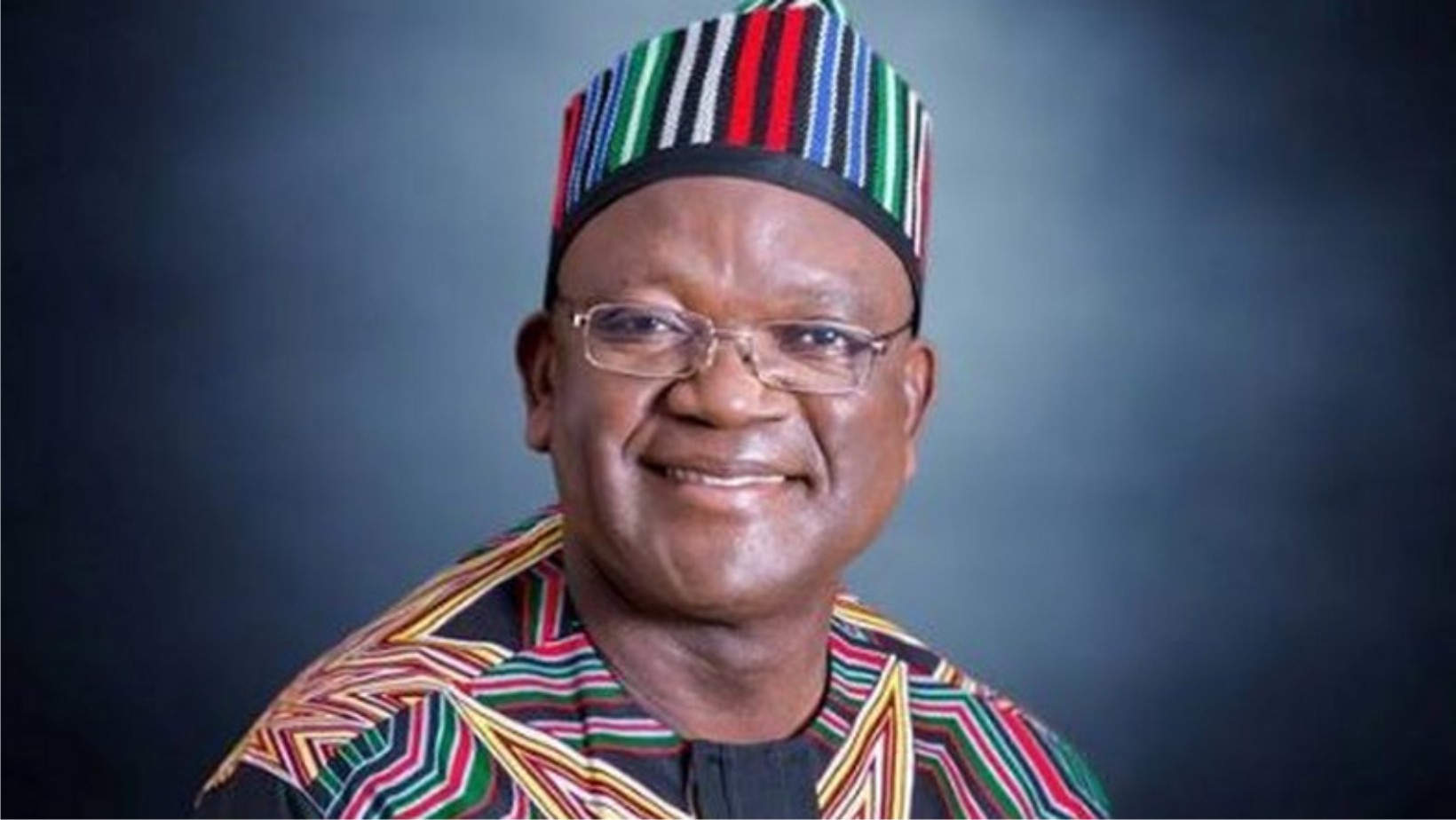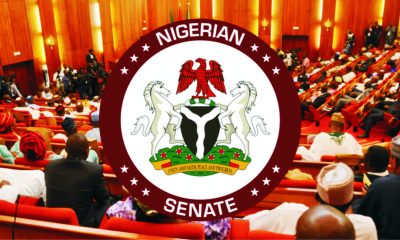Oil & Energy
‘Europe’s Natural Gas Pipeline Plan Won’t Solve Current Crisis’
Recently, Spain, Portugal, and Germany announced plans to connect the vast Iberian LNG regasification and storage industry to other European markets. While German Prime Minister, Scholz argued that the Iberian gas market should be directly linked to its European neighbours in an attempt to avoid a major supply shortage this winter.
French politicians appear less than happy at the suggestion. It seems Paris either does not see the move as necessary, or has some internal political and economic objections to the plans.
German Chancellor Scholz’s statements last week about setting up a gas pipeline connection between Spain and Central Europe were met with enthusiasm by both Spain and Portugal.
Berlin, it seems, is eager to diminish the risks of a potentially very cold winter and an economic recession if Russian gas flows to the EU are completely blocked. Putin’s war on Ukraine is showing no sign of ending, and EU sanctions are hurting Moscow financially.
In a reaction last week, Portuguese PM, Antonio Costa, called on European leaders and institutions to fully support the pipeline project. Spanish Minister of Industry, Reyes Maroto, also put the full support of Madrid behind the plans. Both countries, with their vast LNG regasification and storage volumes, could help to counter the Russian threat to other EU member countries.
The LNG that is already in place, and also new volumes, could be sent via a new pipeline to France and further. At the same time, there also are discussions over a new gas pipeline between Spain and Italy, avoiding France due to its objections over the first pipeline plan.
It seems that the main issues at play here are environmental and economic. The pipeline project, which was originally attempted in 2013, was cancelled in January 2019 for these same reasons. If that project had not been cancelled, European gas markets would be in far better shape today.
At present, the pressure on France is building, as Germany and many other North West and Central European countries are facing a potential gas crunch in the coming months.
To set up the Pyrenees route is much more feasible than a subsea connection between Spain and Italy. Projected costs of the new project are slated to be around EUR600-700 million, a subsea link would be significantly more.
The Iberian gas market has been a strange one in recent decades. The historically criticised approach by Spain to build an excessive LNG regasification and storage capacity now seems to have been a wise one.
The Iberian Peninsula not only receives LNG from all over the world, but is also connected via pipelines to Algeria, meaning a multitude of inroads exists.
However, there is no main interconnection between the Iberian gas pipeline infrastructure and the rest of Europe.
Spain has six LNG regasification plants, including Europe’s largest, in Barcelona. Portugal has one too. The Iberian Peninsula holds around 30 percent of total Europe’s LNG processing capacity.
Now all eyes will be put on the revived pipeline scheme. But, it is unlikely that it will be ready for the coming winter or even the following. The first attempt at pushing through this pipeline was in 2013, to connect Catalonia (Spain) to south-east France, but French objections and a lack of financing cancelled it.
The optimism in Spanish newspapers and politics that this pipeline could be built within 8-9 months is very strange. The France-Spain connection would require laying another segment of pipeline to connect the Spanish grid to the French one, the normal implementation time frame of which is between 2 and 2.5 years, if all goes according to plan.
Environmentalists and other NGOs would need to be forced not to interfere with the project. The Spanish grid operator, Enagas, stated clearly that the pipeline could be completed at a cost of 600 -700 million euros in 2-1/2 years.
In the coming months, it is likely that more of these high-profile projects will be presented, not only by Portugal and Spain, but most probably Greece or Italy too. The need to change the previous approach of the EU, EBRD, and others when it comes to financing and supporting new gas pipeline infrastructure projects is now clear.
However, while politicians want to believe a solution can be immediate, the market reality is often very different. Building a large-scale pipeline project is not only an issue of money and environmental problems, but also technical issues and realistic time-frames.
Europe, especially Germany, the Netherlands, and Central Europe, will need to deal with the fact that the current crisis has no short-term solutions. For the next couple of years, at least until 2024, Europe will suffer from a gas and potentially even an energy shortage. There are no short-term solutions to removing Russian gas dominance in the EU markets.
LNG volumes currently flooding North West Europe and other places will likely fall in the next couple of months, as competition from Asia, the Middle East, and Latin America will hit supply.
The optimism in European political circles is still the same, unrealistic. Brussels needs to set up a real energy strategy, supporting all available solutions if it hopes to counter Russia’s energy dominance in the future.
Europe’s hope that US LNG will continue to flow to Europe in its current volumes is also misplaced. The first signs of US LNG heading to Asia are already visible as winter approaches.
US President, Biden’s political future is also linked to natural gas prices for US consumers, meaning the pressure will grow on US politicians to keep more of its natural gas at home.
By: Cyril Widdershoven
Widdershoven reports for Oilprice.com.
Oil & Energy
FG Woos IOCs On Energy Growth
The Federal Government has expressed optimism in attracting more investments by International Oil Companies (IOCs) into Nigeria to foster growth and sustainability in the energy sector.
This is as some IOCs, particularly Shell and TotalEnergies, had announced plans to divest some of their assets from the country.
Recall that Shell in January, 2024 had said it would sell the Shell Petroleum Development Company of Nigeria Limited (SPDC) to Renaissance.
According to the Minister of State for Petroleum Resources (Oil), Heineken Lokpobiri, increasing investments by IOCs as well as boosting crude production to enhancing Nigeria’s position as a leading player in the global energy market, are the key objectives of the Government.
Lokpobiri emphasized the Ministry’s willingness to collaborate with State Governments, particularly Bayelsa State, in advancing energy sector transformation efforts.
The Minister, who stressed the importance of cooperation in achieving shared goals said, “we are open to partnerships with Bayelsa State Government for mutual progress”.
In response to Governor Douye Diri’s appeal for Ministry intervention in restoring the Atala Oil Field belonging to Bayelsa State, the Minister assured prompt attention to the matter.
He said, “We will look into the issue promptly and ensure fairness and equity in addressing state concerns”.
Lokpobiri explained that the Bayelsa State Governor, Douyi Diri’s visit reaffirmed the commitment of both the Federal and State Government’s readiness to work together towards a sustainable, inclusive, and prosperous energy future for Nigeria.
While speaking, Governor Diri commended the Minister for his remarkable performance in revitalisng the nation’s energy sector.
Oil & Energy
Your Investment Is Safe, FG Tells Investors In Gas
The Federal Government has assured investors in the nation’s gas sector of the security and safety of their investments.
Minister of State for Petroleum Resources (Gas), Ekperikpe Ekpo, gave the assurance while hosting top officials of Shanghai Huayi Energy Chemical Company Group of China (HUAYI) and China Road and Bridge Corporation, who are strategic investors in Brass Methanol and Gas Hub Project in Bayelsa State.
The Minister in a statement stressed that Nigeria was open for investments and investors, insisting that present and prospective foreign investors have no need to entertain fear on the safety of their investment.
Describing the Brass project as one critical project of the President Bola Tinubu-led administration, Ekpo said.
“The Federal Government is committed to developing Nigeria’s gas reserves through projects such as the Brass Methanol project, which presents an opportunity for the diversification of Nigeria’s economy.
“It is for this and other reasons that the project has been accorded the significant concessions (or support) that it enjoys from the government.
“Let me, therefore, assure you of the strong commitment of our government to the security and safety of yours and other investments as we have continually done for similar Chinese investments in Nigeria through the years”, he added.
Ekpo further tasked investors and contractors working on the project to double their efforts, saying, “I want to see this project running for the good of Nigeria and its investors”.
Earlier in his speech, Leader of the Chinese delegation, Mr Zheng Bi Jun, said the visit to the country was to carry out feasibility studies for investments in methanol projects.
On his part, the Managing Director of Brass Fertiliser and Petrochemical Ltd, Mr Ben Okoye, expressed optimism in partnering with genuine investors on the project.
Oil & Energy
Oil Prices Record Second Monthly Gain
Crude oil prices recently logged their second monthly gain in a row as OPEC+ extended their supply curb deal until the end of Q2 2024.
The gains have been considerable, with WTI adding about $7 per barrel over the month of February.
Yet a lot of analysts remain bearish about the commodity’s prospects. In fact, they believe that there is enough oil supply globally to keep Brent around $81 this year and WTI at some $76.50, according to a Reuters poll.
Yet, like last year in U.S. shale showed, there is always the possibility of a major surprise.
According to the respondents in that poll, what’s keeping prices tame is, first, the fact that the Red Sea crisis has not yet affected oil shipments in the region, thanks to alternative routes.
The second reason cited by the analysts is OPEC+ spare capacity, which has increased, thanks to the cuts.
“Spare capacity has reached a multi-year high, which will keep overall market sentiment under pressure over the coming months”, senior analyst, Florian Grunberger, told Reuters.
The perception of ample spare capacity is definitely one factor keeping traders and analysts bearish as they assume this capacity would be put into operation as soon as the market needs it. This may well be an incorrect assumption.
Saudi Arabia and OPEC have given multiple signs that they would only release more production if prices are to their liking, and if cuts are getting extended, then current prices are not to OPEC’s liking yet.
There is more, too. The Saudis, which are cutting the most and have the greatest spare capacity at around 3 million barrels daily right now, are acutely aware that the moment they release additional supply, prices will plunge.
Therefore, the chance of Saudi cuts being reversed anytime soon is pretty slim.
Then there is the U.S. oil production factor. Last year, analysts expected modest output additions from the shale patch because the rig count remained consistently lower than what it was during the strongest shale boom years.
That assumption proved wrong as drillers made substantial gains in well productivity that pushed total production to yet another record.
Perhaps a bit oddly, analysts are once again making a bold assumption for this year: that the productivity gains will continue at the same rate this year as well.
The Energy Information Administration disagrees. In its latest Short-Term Energy Outlook, the authority estimated that U.S. oil output had reached a record high of 13.3 million barrels daily that in January fell to 12.6 million bpd due to harsh winter weather.
For the rest of the year, however, the EIA has forecast a production level remaining around the December record, which will only be broken in February 2025.
Oil demand, meanwhile, will be growing. Wood Mackenzie recently predicted 2024 demand growth at 1.9 million barrels daily.
OPEC sees this year’s demand growth at 2.25 million barrels daily. The IEA is, as usual, the most modest in its expectations, seeing 2024 demand for oil grow by 1.2 million bpd.
With OPEC+ keeping a lid on production and U.S. production remaining largely flat on 2023, if the EIA is correct, a tightening of the supply situation is only a matter of time. Indeed, some are predicting that already.
Natural resource-focused investors Goehring and Rozencwajg recently released their latest market outlook, in which they warned that the oil market may already be in a structural deficit, to manifest later this year.
They also noted a change in the methodology that the EIA uses to estimate oil production, which may well have led to a serious overestimation of production growth.
The discrepancy between actual and reported production, Goehring and Rozencwajg said, could be so significant that the EIA may be estimating growth where there’s a production decline.
So, on the one hand, some pretty important assumptions are being made about demand, namely, that it will grow more slowly this year than it did last year.
This assumption is based on another one, by the way, and this is the assumption that EV sales will rise as strongly as they did last year, when they failed to make a dent in oil demand growth, and kill some oil demand.
On the other hand, there is the assumption that U.S. drillers will keep drilling like they did last year. What would motivate such a development is unclear, besides the expectation that Europe will take in even more U.S. crude this year than it already is.
This is a much safer assumption than the one about demand, by the way. And yet, there are indications from the U.S. oil industry that there will be no pumping at will this year. There will be more production discipline.
Predicting oil prices accurately, even over the shortest of periods, is as safe as flipping a coin. With the number of variables at play at any moment, accurate predictions are usually little more than a fluke, especially when perceptions play such an outsized role in price movements.
One thing is for sure, though. There may be surprises this year in oil.
lrina Slav
Slav writes for Oilprice.com.
-
Rivers3 days ago
HOS Tasks Rural Dwellers On RAAMP … As Project Sensitization Team Visit Degema, AKULGA
-

 Politics3 days ago
Politics3 days agoReps Constitution Review Committee Holds Zonal Hearing For Rivers, C’River, Akwa Ibom In Calabar
-
Opinion3 days ago
Is Nigeria Democratic Nation?
-

 News3 days ago
News3 days agoI’m Committed To Community Dev – Ajinwo
-

 News3 days ago
News3 days ago2027: I Stand With Southern Presidency -Ortom
-
Politics3 days ago
Lagos LG Polls: Police Restrict Movement, Tightens Security
-

 News3 days ago
News3 days agoSenate Replaces Natasha As Committee Chairman
-
Opinion3 days ago
Checking Herdsmen Rampage

